How Animals Keep Their Cool
From horses to humans, here’s how animals have evolved to beat the heat.
We may have just sweated through the dog days of summer, but do you know about the stellar origin story of the phrase? Hint: It has nothing at all to do with pooches lazing about during the hot months.
For the ancient Greeks and Romans, the phrase historically refers to the hot and muggy days that follow the rising of Sirius, the so-called “dog star” in the Canis major constellation, during July and August.
Even though the dog days have technically come to a close for this year, it’s still hot outside, and in-the-flesh dogs (like all animals) still need mechanisms to cool off.
Humans are among the few mammals that rely on secreting water onto the surface of the skin to keep our cool — we sweat. But we didn’t always thermoregulate this way, and other animals employ a whole host of mechanisms to keep their cool. Let’s take a look at how animals — including us — have evolved to beat the heat.
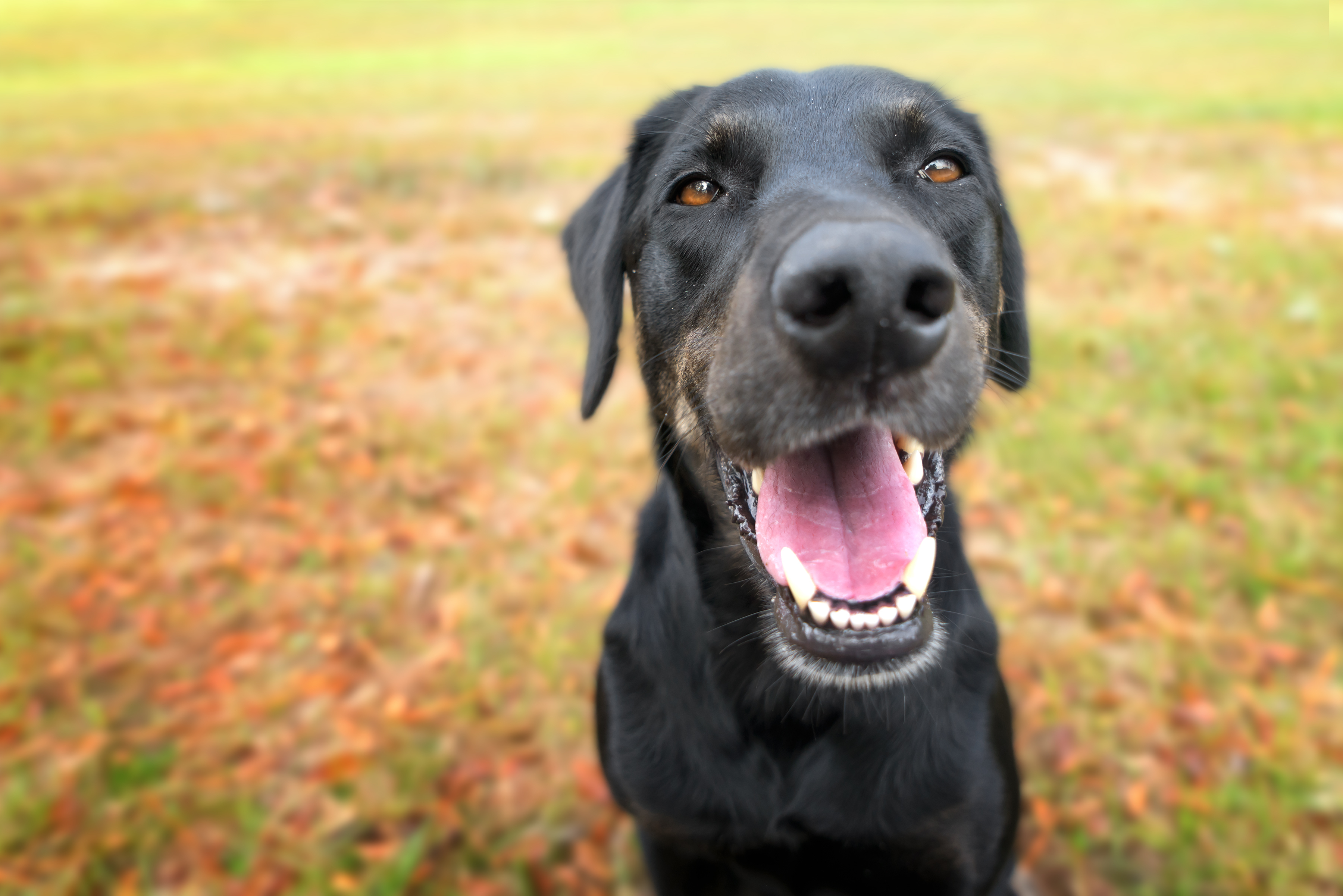
If you’ve ever had a furry household pet, you’ve probably heard them cooling off by panting. But what exactly is going on when our cats and dogs pant?
“All [cooling] in mammals involves to a large extent the heat that’s needed to convert water from a liquid to a gas, and the energy that’s lost in doing that,” explained Yana Kamberov, an assistant professor of genetics in the Perelman School of Medicine at the University of Pennsylvania, in an interview with Science Friday.
When dogs pant, they’re essentially using convection to evaporate water off the surface. Think about when you step out of the shower and immediately feel chilly — that’s the water evaporating from your skin.
[Is pedigree really everything it’s cracked up to be?]
That being said, dogs and cats sweat, too! It just doesn’t keep them cool. Humans have a very specific kind of sweat gland called eccrine glands that allow us to cool off (more on that later). But in most other mammals, those glands are found in only one specific place, explains Kamberov.
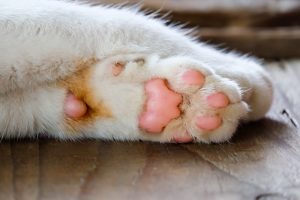
“If you look at the bottom of your cat’s foot, remember what you see is that thick pad, and then in between you see a bunch of hair,” she says. “That thick pad is just chock-full of sweat glands.”
But the sweat glands on the undersides of your cat’s dainty little paws serve a different purpose. Instead of thermoregulation, the sweat on animals’ paws provides traction, and determines how much friction exists between their feet and the surface they’re strolling on. Think about how it feels when you run your dry palm across a surface — it just skids across! But the sweat on Garfield’s pads creates a tackiness that allows him to better grip the surface and avoid skidding across the hardwood floors in your house, for example.
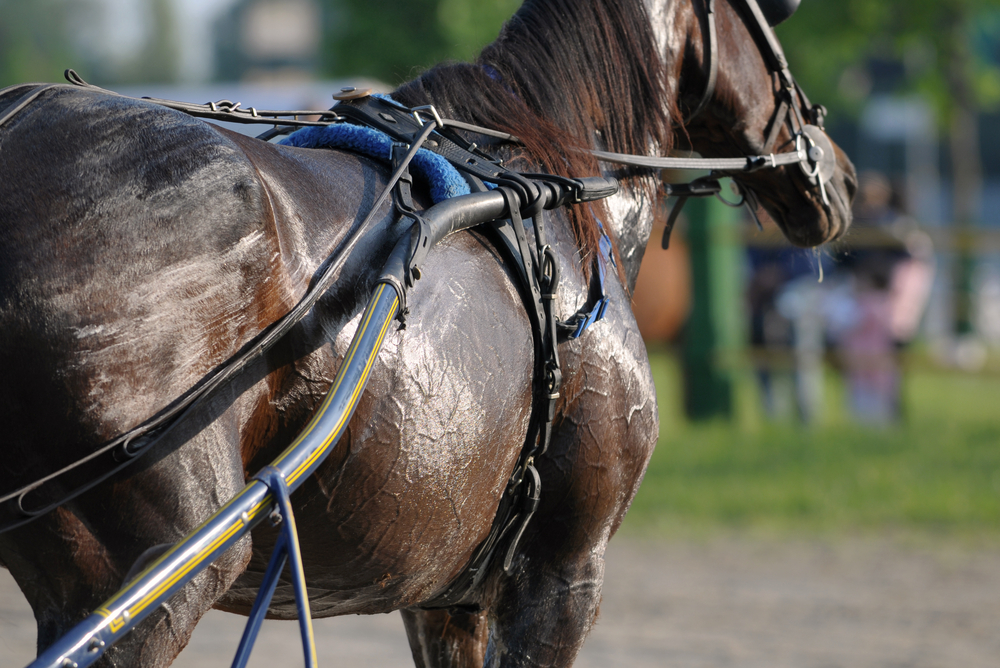
Horses are a special case. You’ve probably seen them panting after a hard run. But you may have also seen a foamy, lather-like sweat forming on their bodies. What’s the deal?
Like cats and dogs, horses’ main cooling mechanism is panting, and Black Beauty’s long snout helps a lot with that process. Unlike cats and dogs, though, they also regulate body temperature with sweat. “Humans are not the only species that sweats, but it’s the kind of sweat that we have,” explains Kamberov. While we secrete water onto the surface, “horses have a different type of gland. A lot of cursorial animals, running animals, have this. They are called apocrine glands, and they’re associated with the hairs on the horse’s body,” she says.
[How climate may have influenced horses’ snouts.]
When they lather up, horses aren’t sweating only water and salt — the substance they secrete is a mixture of water, lipids, fats, and proteins. Horses are flight animals that spend a decent amount of time running, and panting doesn’t work when they’re galloping at full speed. But unlike humans, horses have a thick, waterproof pelt that would impede the evaporation of sweat. To solve that problem, they developed this protein-rich sweat that “presumably acts by wetting the hairs to facilitate water flow for evaporation,” according to a 2009 study published in the journal PLOS One.

But what about cold-blooded critters? “They have an entire suite of traits that they can use to cool off,” says Rory Telemeco, a postdoctoral scholar in the department of biological sciences at Auburn University, in an interview with Science Friday.
For example, one of the main events that happened in the evolution of reptiles was the development of a thick, scaly skin that enables them to retain water, he explains.
[The dinosaur family tree needs some revising.]
For ectotherms, though, keeping cool means they have to be a little resourceful. Have you ever seen a lizard standing still, with its mouth gaping open? It’s not awestruck — it’s using evaporative cooling. Desert lizards can open their mouths and allow evaporation to occur on the wet membranes, cooling the head and brain.
But one of their primary methods is simply shuttling back and forth between warmer and cooler areas. And it’s not just lizards — Telemeco says doing the shade shuffle is widespread in the animal kingdom. This is known as behavioral thermoregulation, which is when animals don’t have an internal system for body temperature regulation and instead must modify their behavior.
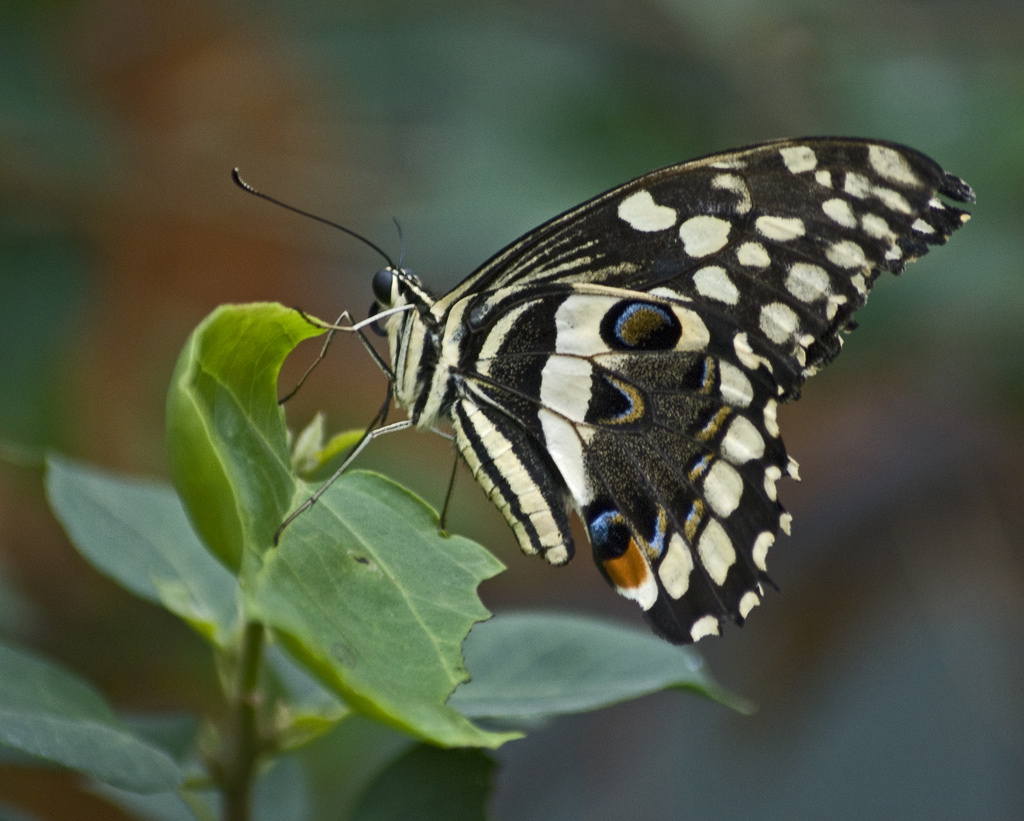
Like reptiles, butterflies depend on behavioral thermoregulation. On toasty days, Telemeco explains, they will move into shady areas, cool down, then set out flying again. Plus, they can cool themselves while flying — convection occurs just by them blowing through the air while they’re actually pumping their wings.
Insects in general may be sturdy, but they’re not invincible to heat. While they do have some of the highest thermal tolerance of animals (with ability to withstand body temperatures of nearly 100 degrees Fahrenheit!) insects can overheat just like any other animal. What happens when things get too hot to handle?
[The curious case of the Blue Morpho butterflies.]
“It depends on exactly how hot it gets,” Telemeco says. “It will first cause them to basically just almost go into a torpor state. They look almost catatonic if you keep them up to just that point. Then if you cool them down they usually can recover. But if you go just a degree or more over that it will kill them.”
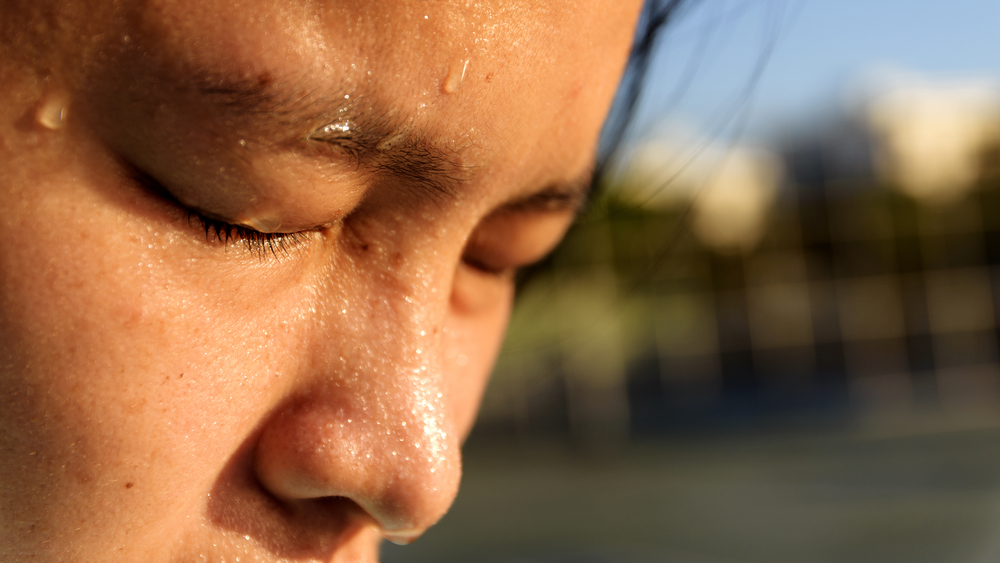
Finally, let’s talk about the animal you’re probably most familiar with: humans. If we look beyond our closest primate relatives like the chimpanzee, and “if we even look [at] macaques, for example, Old World monkeys, we see that panting is the main mechanism [by which they] dump their body heat,” explains Kamberov. “And so it stands to reason that … our last common ancestor with the chimpanzee would also have panted.”
So why did we ditch the fur of our ancestors in favor of sweaty skin?
“That’s sort of the million dollar question,” says Kamberov.
For one thing, we don’t have a long enough snout to use convection cooling — but there are two more hypotheses for why humans sweat instead of pant.
[Evolution happens more quickly than you may think.]
“One possibility is that it enabled us to basically explore a niche that was free of predators,” says Kamberov. “If you cool off the way a human does, you can go out during the hottest periods of the day, when most predators are going to be hiding themselves from heat.”
In contrast, humans can tolerate being under radiant heat for long periods of time because we can constantly sweat to cool ourselves off.
The second hypothesis dates back to about 2 million years ago, when humans began to evolve into endurance runners. “That generates a tremendous amount of body heat,” Kamberov explains. “And so you need a way to dump that heat load.”
[The science behind “hitting the wall.”]
Remember how horses can’t activate their main cooling mechanism when running at a full gallop? But you better bet that humans sweat while running.
This hypothesis suggests that sweating “allowed us to exploit persistence hunting, for example, or cover long distances in the hot midday sun in the warm regions where humans first evolved,” says Kamberov.
But what does persistence hunting have to do with those sweaty palms that plague so many of us when we’re about to go into a big interview or give a speech?
Not a lot.
Kamberov explains that the “ancestral” condition is to have sweat glands on the hands and the feet (remember how that’s where those glands are found on our furry, four-legged friends?).
As for humans, “The way that those [glands] are innervated is actually different than the thermoregulatory sweat glands that are in the rest of your body, that are primarily responsible for cooling you off,” she says. “The main activators of those sweat glands are different.”
In other words, not all sweat is created equal.
Johanna Mayer is a podcast producer and hosted Science Diction from Science Friday. When she’s not working, she’s probably baking a fruit pie. Cherry’s her specialty, but she whips up a mean rhubarb streusel as well.